Yoko, an artist in her own-o right
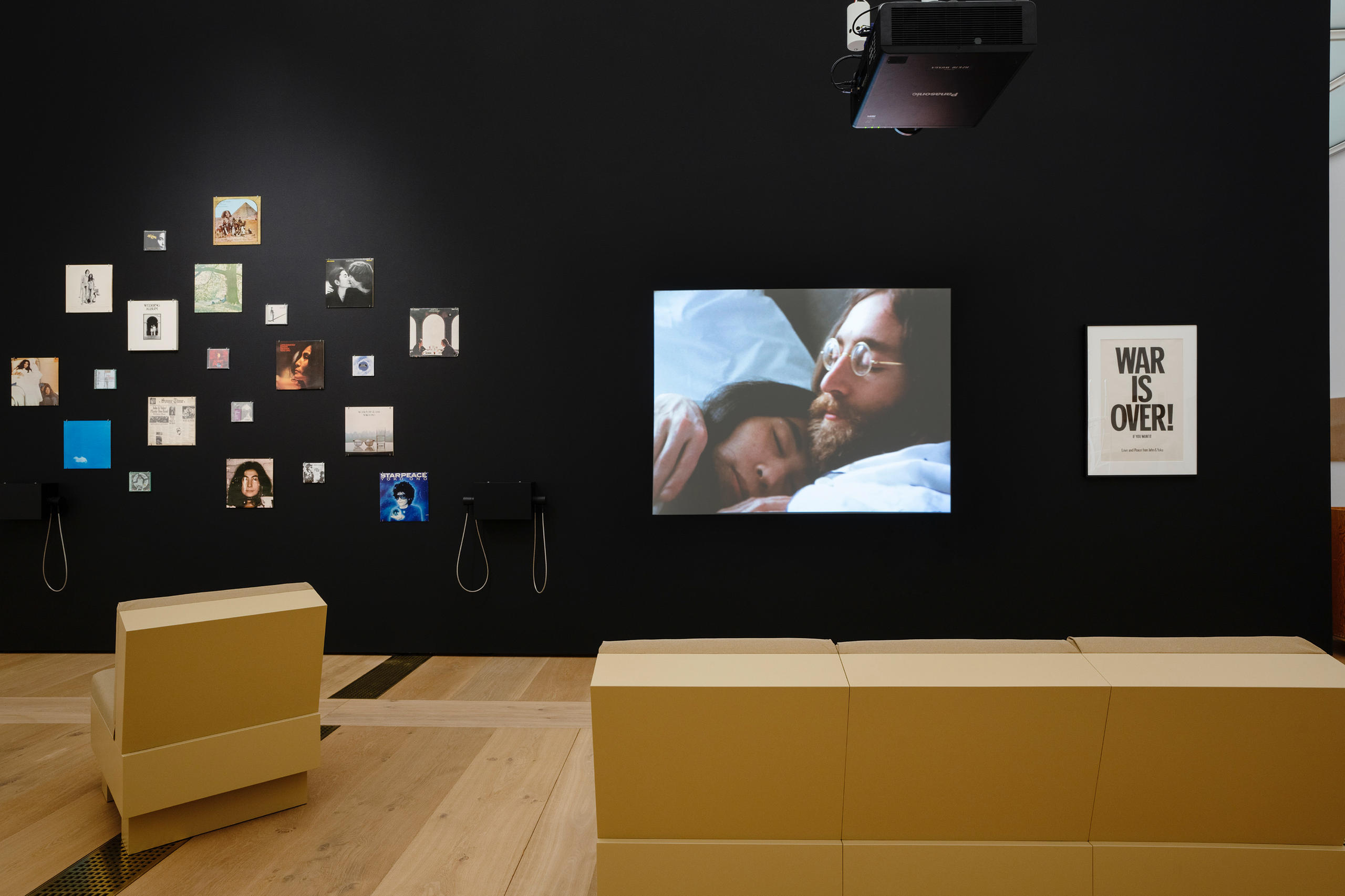
Japanese artist Yoko Ono, blamed by many for breaking up the Beatles, is slowly being acknowledged as one of the most influential avant-garde artists of her time. An exhibition at the Zurich Museum of Fine Arts offers a broad sample of her artistic evolution.
In the mainstream narrative of pop culture Yoko Ono, who turned 89 last month, is nothing short of a witch who cast a spell over John Lennon and was responsible for the Beatles splitting up in 1969.
British tabloids portrayed her as an enigmatic Asian woman shrieking in the background of celebrity rock concerts. Outside the conceptual and pop art circles of the Sixties and Seventies, her work – and its influence on the Fluxus movement (see below) – was barely mentioned.
The exhibitionExternal link at the Zurich Museum of Fine Arts (Kunsthaus Zurich) comes in the wake of a “rehabilitation” of Ono’s reputation. This is in part thanks to the recent release of Peter Jackson’s eight-hour documentary Get Back, a new edit of the extensive footage shot during the Beatles’ rehearsals for what would become the legendary Abbey Road rooftop concert, the band’s last public appearance.
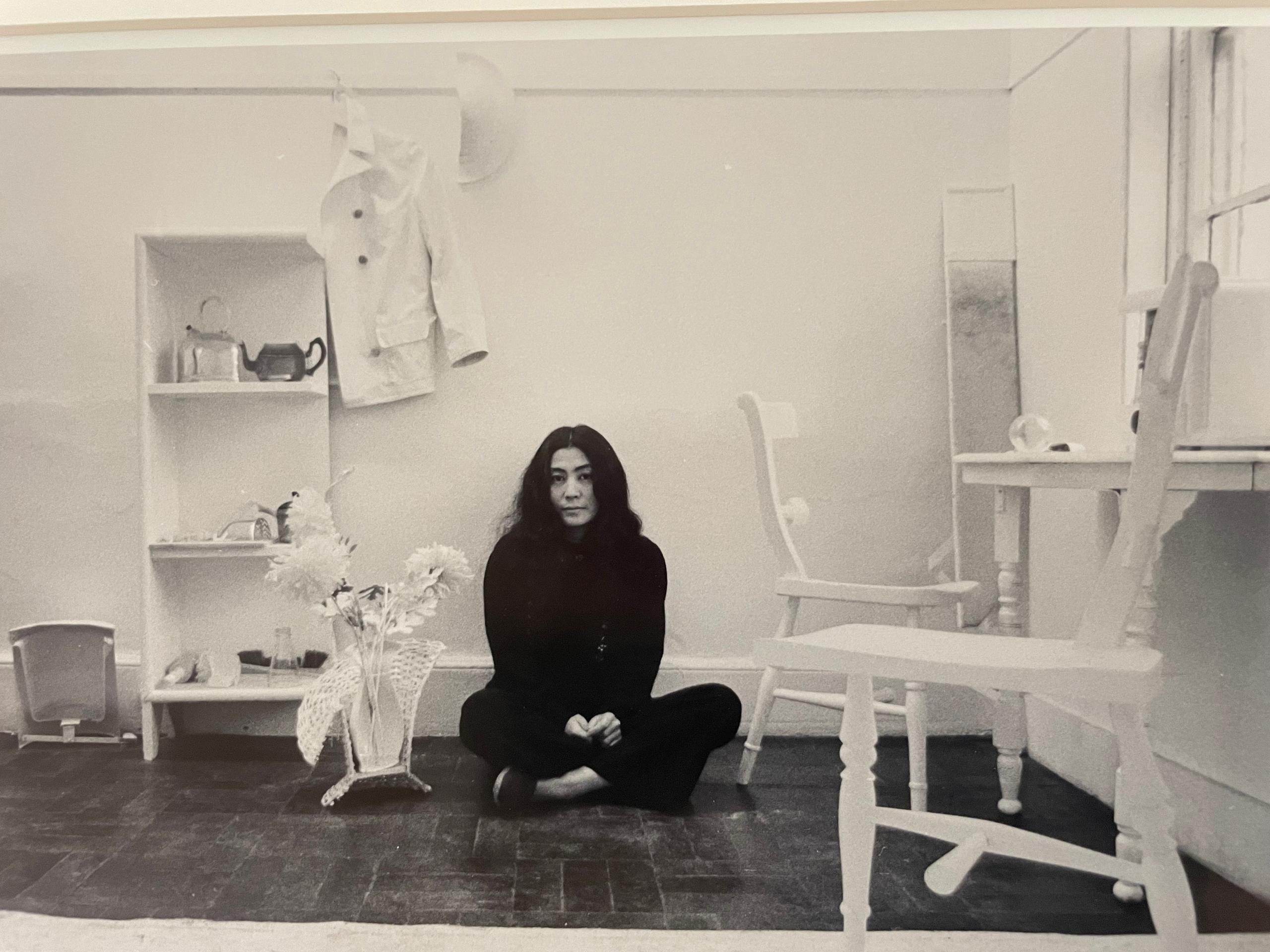
Ono attends the band’s daily work, quietly and patiently. She simply accompanies Lennon, without interfering in the band’s creative drive. But this brief Beatles moment is just an interlude in Ono’s long career, which stretches through several artforms, combining the personae of artist, poet, performer, lyricist, singer and political activist.
Flowing with the flux
“Yoko had no preferred form a priori,” American artist and Ono’s friend Jon Hendricks tells SWI swissinfo.ch. “She always took the medium that she needed at a particular moment.”
Hendricks, who collaborated with Kunsthaus curator Mirjam Varadinis on the Ono exhibition, has been working on a comprehensive archive of the Fluxus movement. Also known as the Gilbert & Lila Silverman collection, this collection was eventually donated, in 2008, to the Museum of Modern Art (MoMA) in New York.
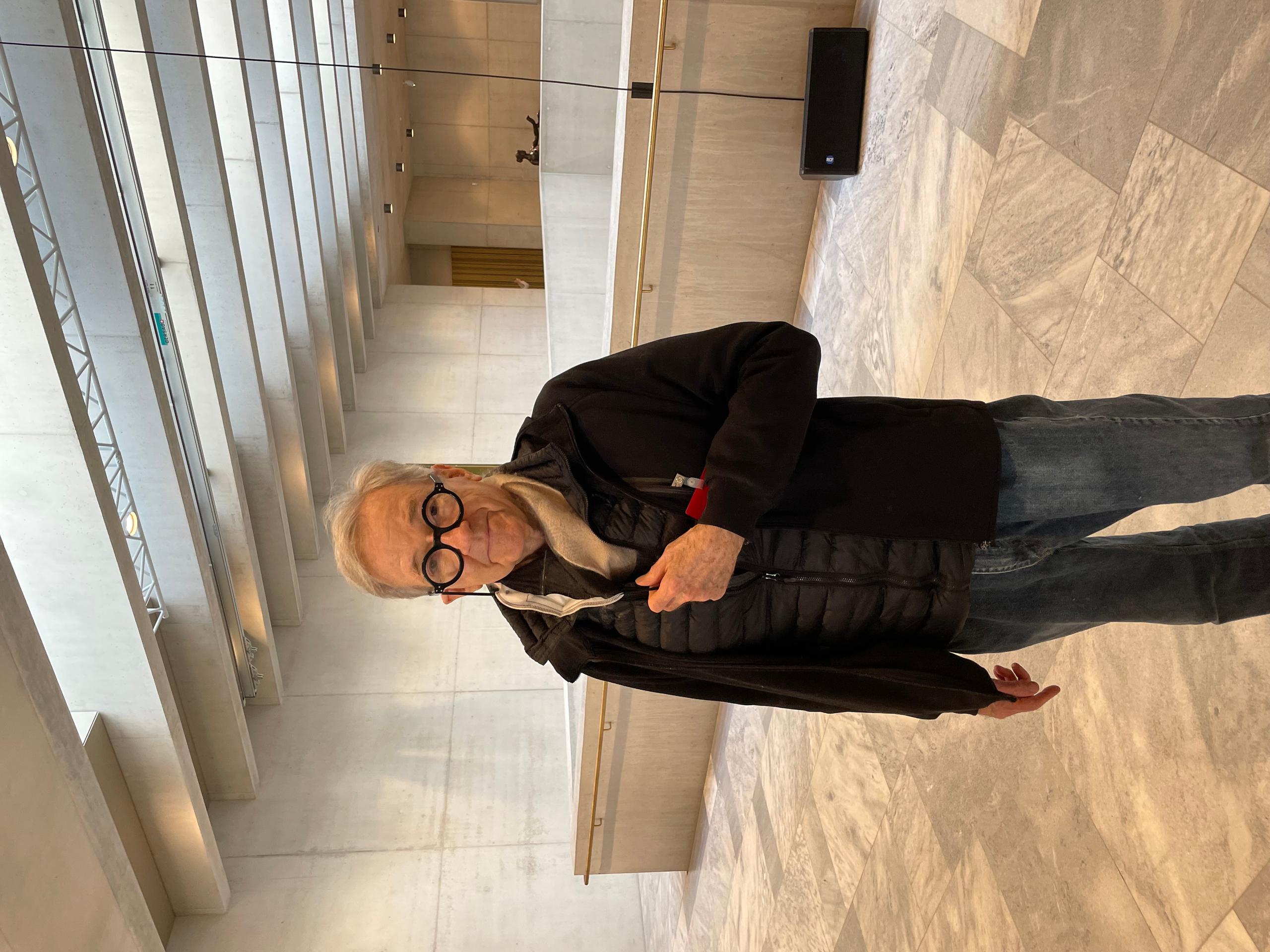
Fluxus is an important first step in gauging Ono’s place in the fuzzy map of contemporary art since the 1960s. Based around the Lithuanian-American artist George Maciunas, Fluxus was more than a movement – it was an international community of creators of multiple forms including artists, architects, composers and designers.
Long before the internet, it connected people from Korea and Japan to Germany, Britain and the United States, and, via mail art, other people in more peripheral parts of the international arts circuit, for example in South America. Mail art was a way of exchanging art via mail in the 1960s and 1970s, especially from and between countries under dictatorships.
In the specific case of Yoko Ono, what is striking is her particular intent to not only reach out to the audience, but to touch it and be touched.
“Touch” is a vital concept in her works, many of which mention the act in their titles: Touch Piece, Touch Poem, or in her songs, from Touch Me (by the Plastic Ono Band, 1970) to the track Kiss Kiss Kiss with its refrain “touch touch touch touch me love” (1980).
In the Kunsthaus exhibition, one can also touch Ono through the work Touch Me III (2008), where parts of Ono’s body – her mouth, breasts, stomach, womb, calves and feet – are replicated in marble, inviting viewers to dip their hands in a bowl of water and touch her as they wish.
Radical aristocrat
Yoko Ono had an aristocratic upbringing in Japan in the 1930s and 1940s, but after the war she faced hunger and misery. The family moved to the United States in the early 1950s, where she completed her artistic training and developed her first performances.
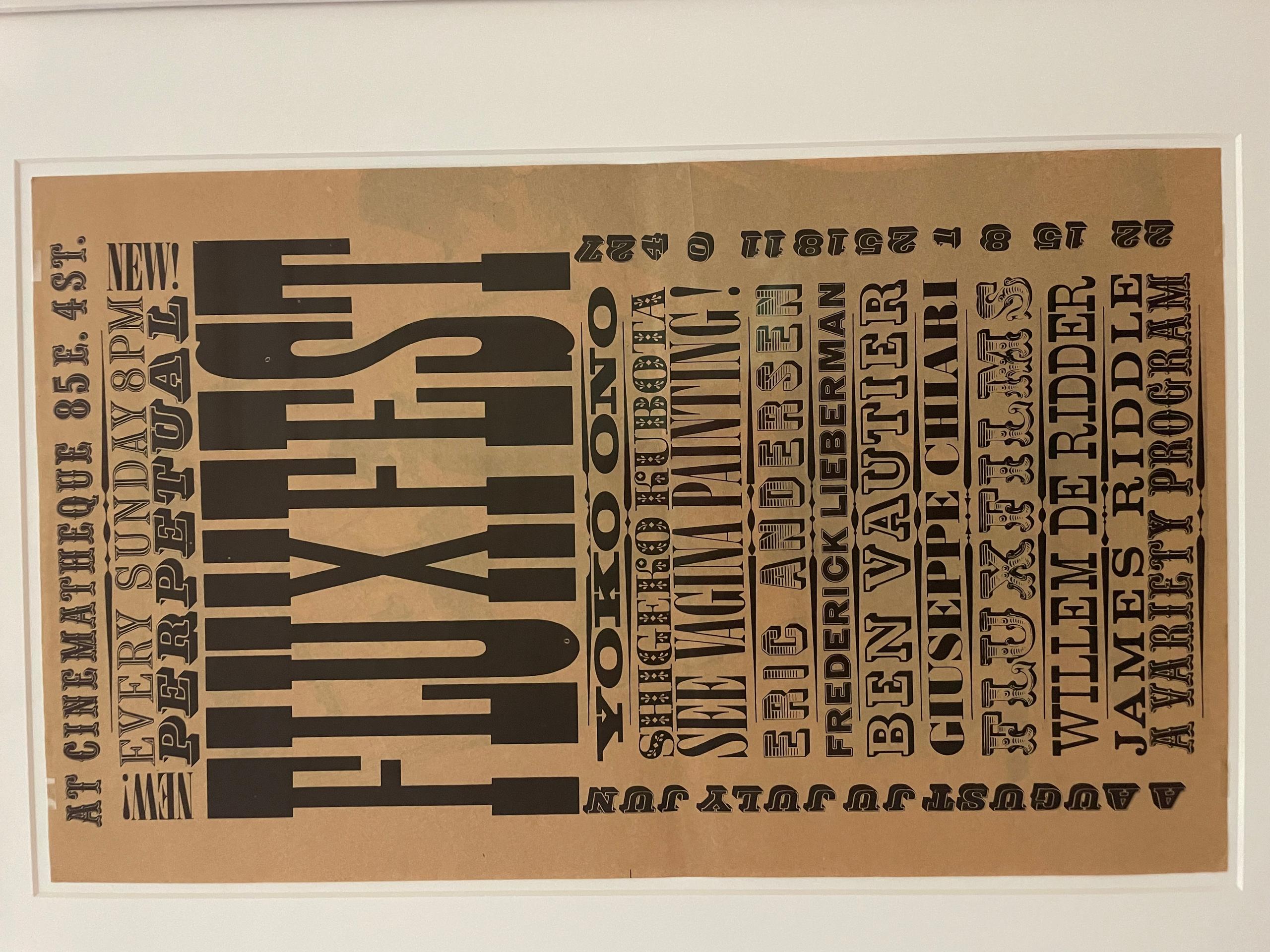
Ono and composer La Monte Young organised experimental music events at her apartment in New York, and in 1961 she held her first public performance in the Carnegie Recital Hall. By 1964 her work had started to make waves beyond the little circle of New York avant-gardists.
The conceptual performance Cut Piece, whose video greets the viewers in the Kunsthaus, features Ono and a pair of scissors. The artist, sitting still, invites the audience to cut off pieces of her clothes. The show tackles issues of class, identity and gender, and it was repeated in several other contexts by different artists, including Jon Hendricks and his Guerrilla Art Action Group in 1969.
That same year, Ono released the conceptual Grapefruit Book, a series of “instructions” on attitudes regarding art. Attitudes, rather than artistic prowess in drawing or painting, were then at the core of conceptual art.
Moving on
It is argued that, coming from a female Asian immigrant, Ono’s work began to be respected only after other white male artists, such as Lawrence Weiner and Sol LeWitt, started doing similar works. In the late 1960s Ono took a break from the conceptual art scene, motivated mostly by a desire to try new art forms.
“It’s not that she stopped making art after she met Lennon,” Hendricks said. “She just found other means, and other media, to continue challenging the dominant culture.”
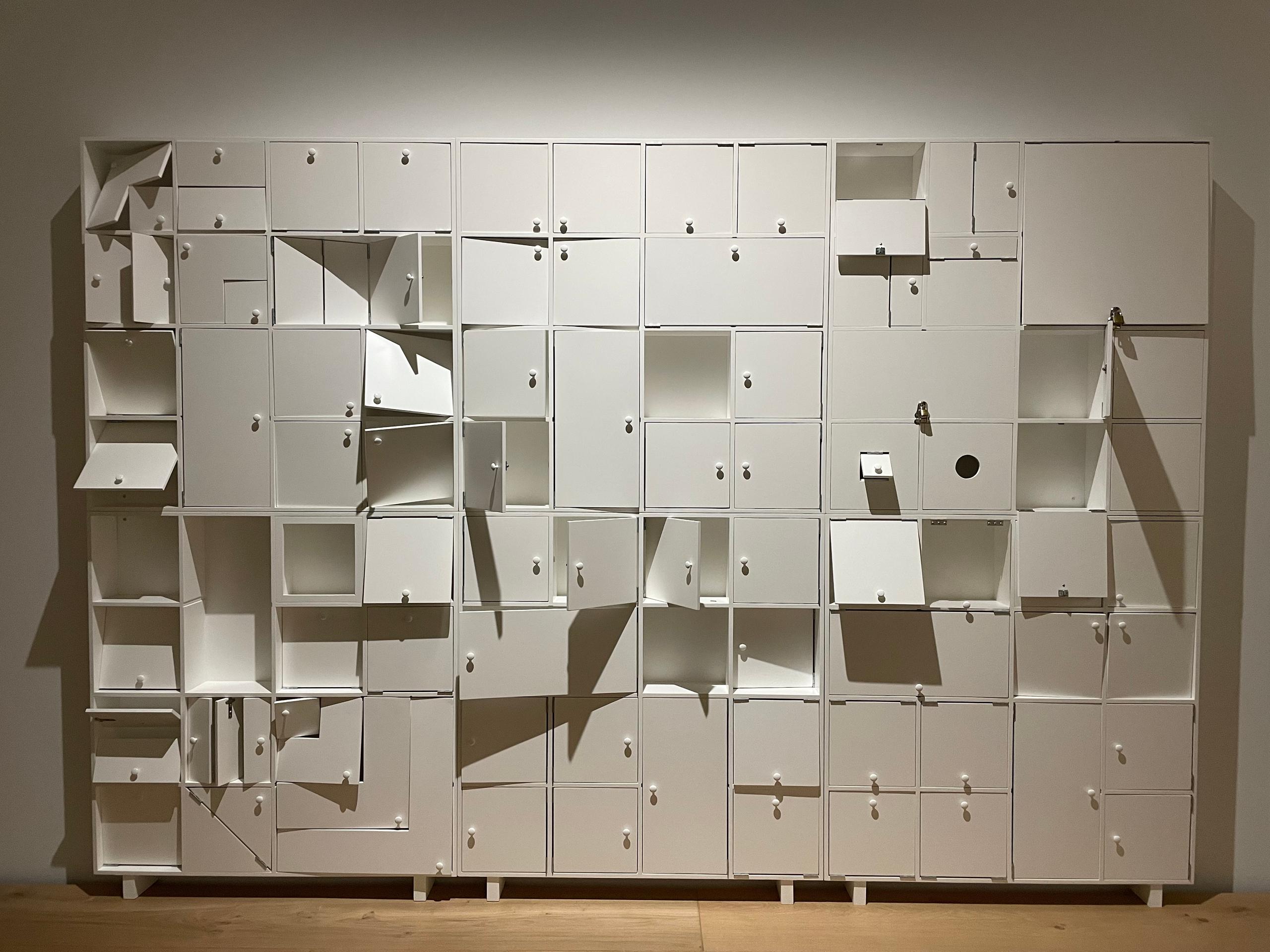
Just as conceptual and minimalist art started to gain global attention, Ono moved on. Through her relationship with Lennon, whom she met in a London gallery in 1967, her art shifted to a combination of music and political activism. The 1970s saw her at the helm of the Plastic Ono Band, alongside her husband, surfing on his popularity and the machinery of the music industry to spread feminist and pacifist messages.
By then, Ono had already become an icon (or anti-icon) of pop culture. Their work, a product of Lennon’s creative mind and Ono’s artistic radicalism, eventually entered the mainstream without ever losing its provocation. They always delivered a message: about women’s rights, against wars in general and the Vietnam war in particular. Their first media-savvy artistic-political happening, the Bed-in for Peace, staged in hotels in Amsterdam and Montreal, set the tone for subsequent public appearances.
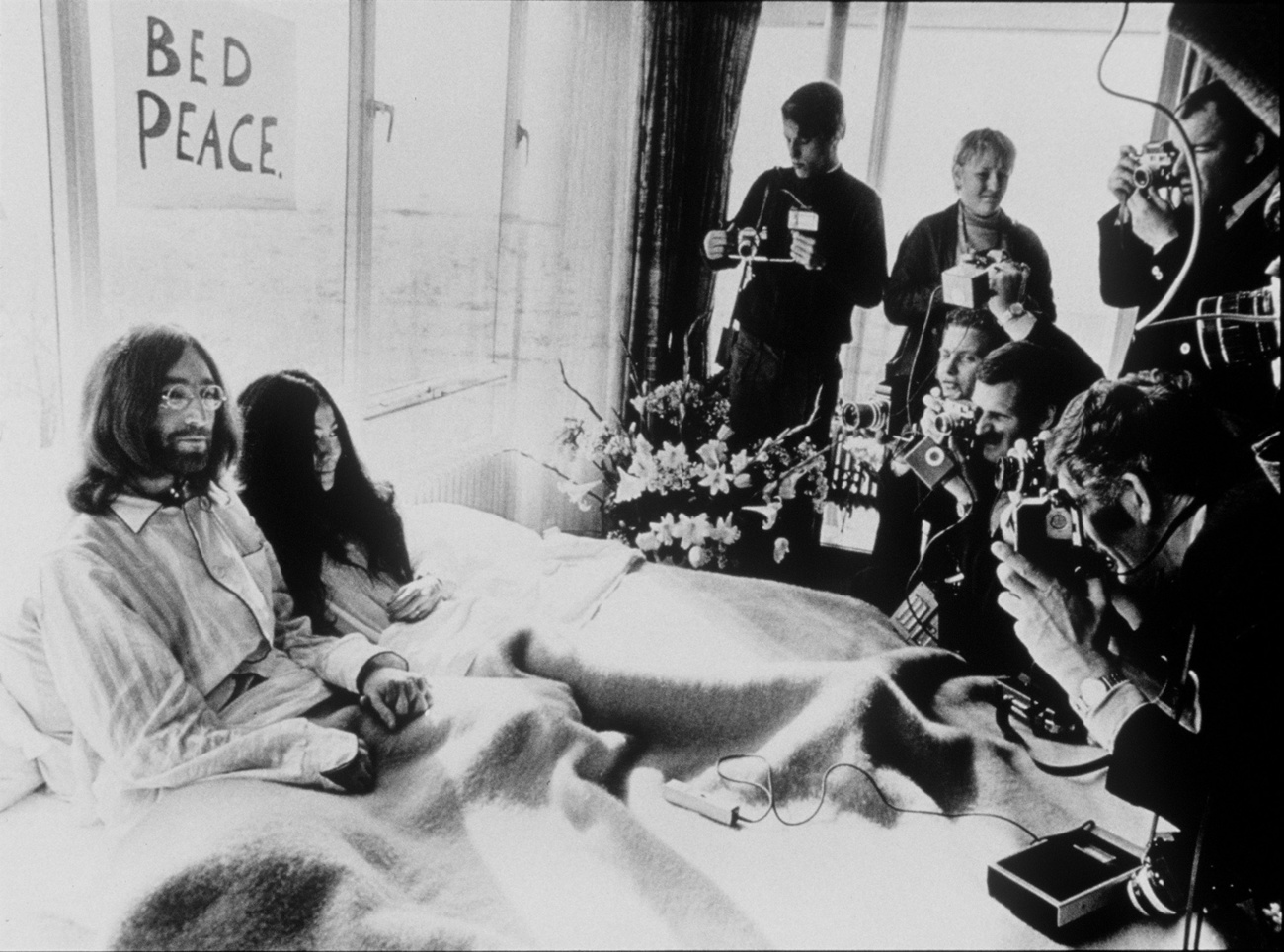
Ono’s longevity meant she got the last laugh in a creative career not shy of controversy and marked by a defiance to the Western male gaze.
Until not so long ago she was still active in her multiple qualities: preserving Lennon’s legacy, recording new versions of her old songs, taking part in charities and relief campaigns, and even producing new artwork – blue skies, clouds and a discreet “dream” written on it – on the walls of the 72nd street subway station, close to her home in New York.
In November 2021 The New Yorker magazine announced that Ono “had resigned from public life”. The Lennons are now represented by her son Sean in the Beatles business.
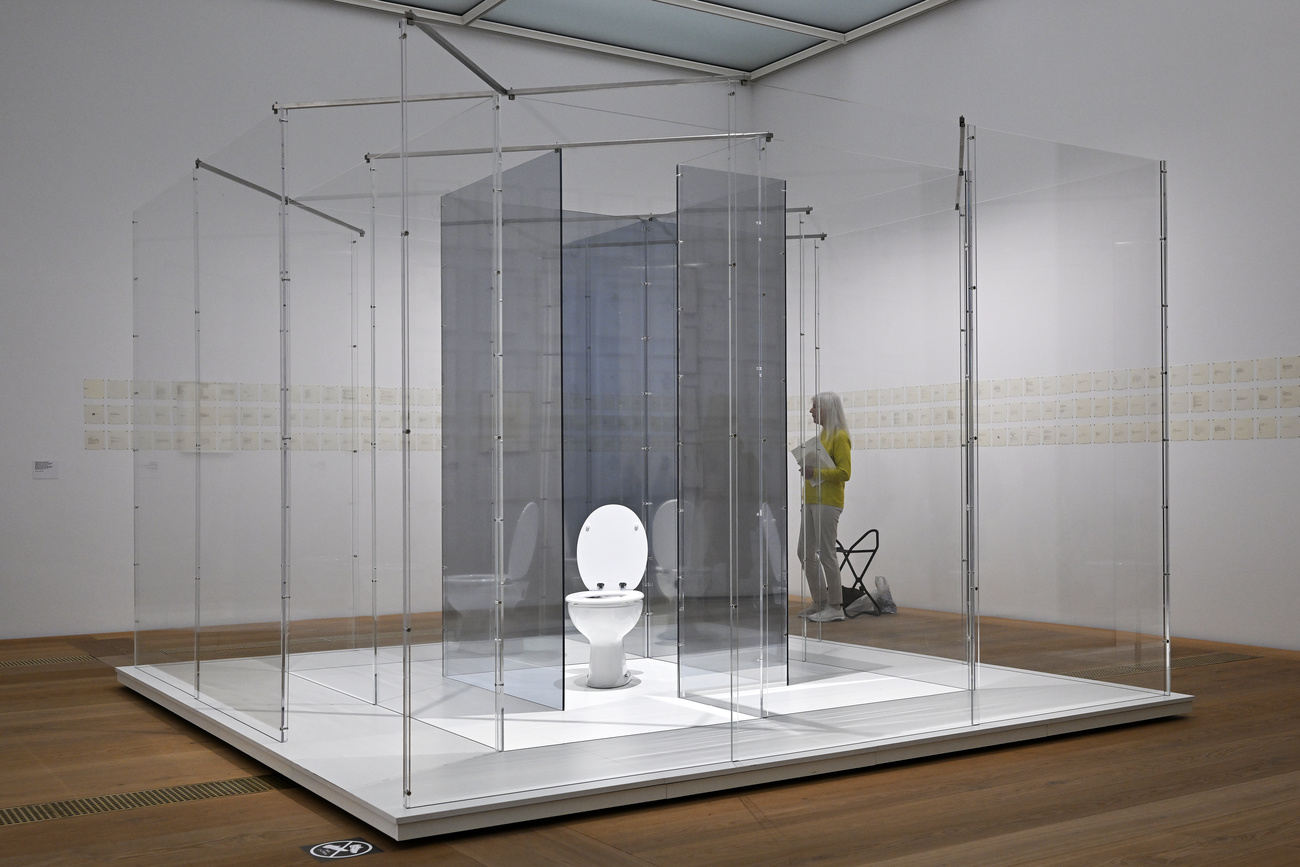
The exhibition “Yoko Ono. This Room Moves at the Same Speed as the Clouds” runs at the Kunsthaus Zurich until May 29. A wide-ranging performance programme accompanies the exhibition, in which key works by Yoko Ono are being restaged.

In compliance with the JTI standards
More: SWI swissinfo.ch certified by the Journalism Trust Initiative


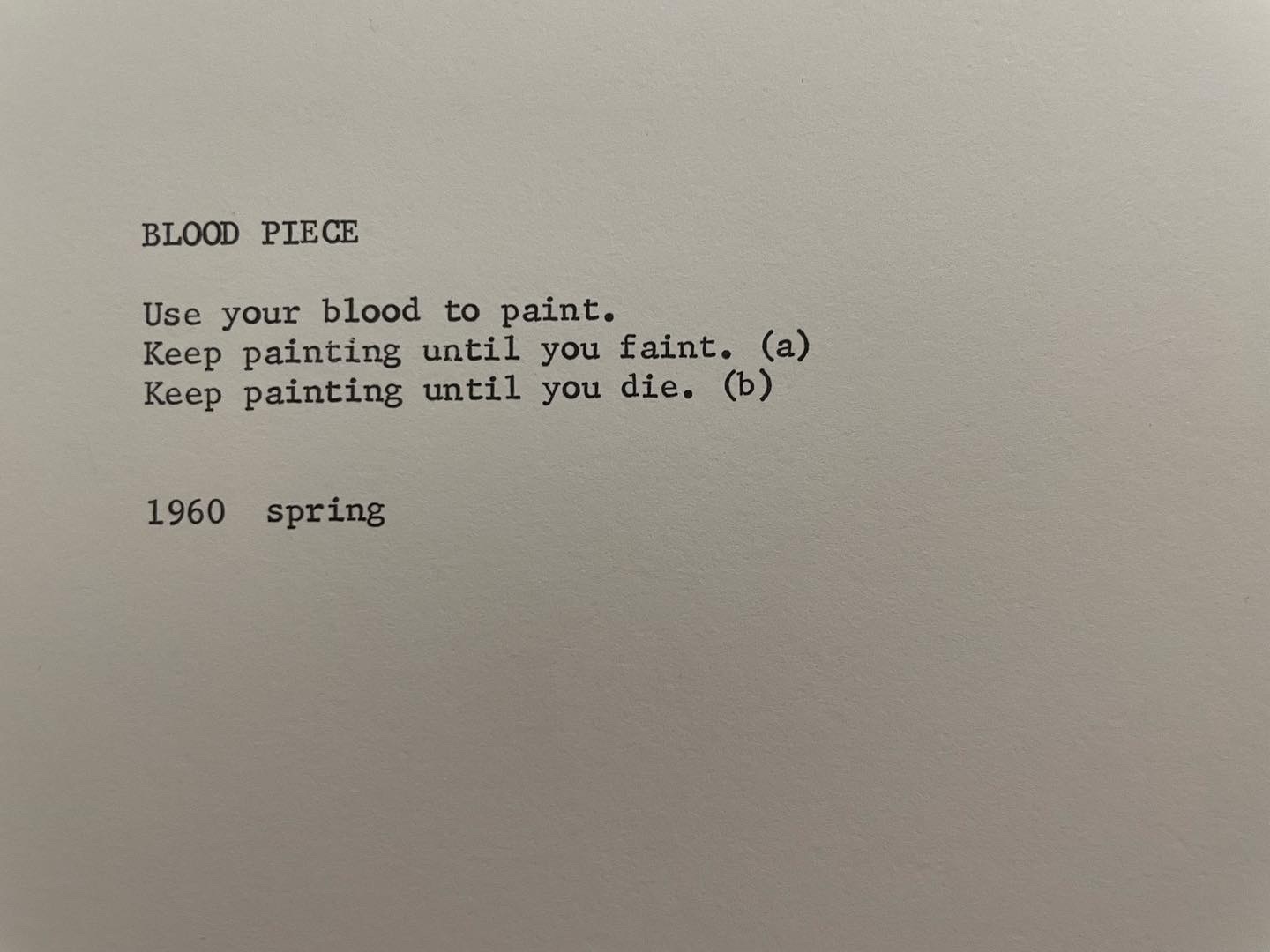
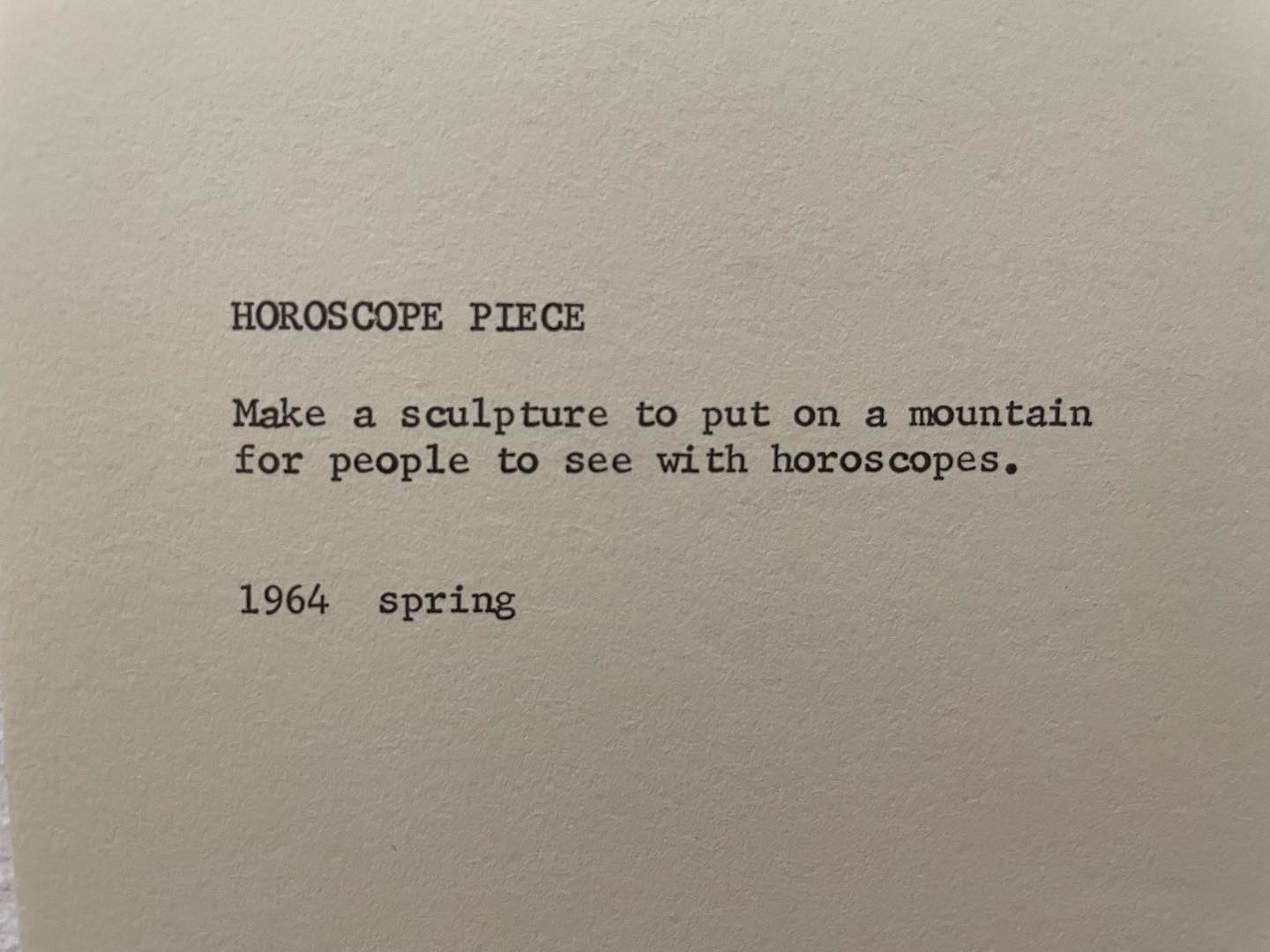

Join the conversation!